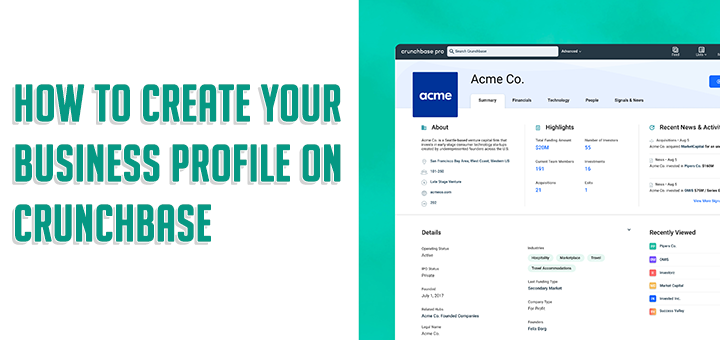Why You Need a Mobile-First Website Marketing Strategy
Do you have a mobile-first website strategy? If you’re still developing visual assets, landing pages and content for desktop and hoping that responsive design takes care of the rest, it’s time to take another look.
Users are increasingly using mobile devices to search online, browse web content, interact on social media, and buy goods and services. Because that trend isn’t expected to go down anytime soon, it’s important to put the mobile user experience first.
Consider these statistics:
- 64% of Americans own a smartphone, and 10% of them are smartphone-dependent, meaning that their only access to the Internet is via their phone.
- More Google searches happen on mobile devices than on desktop computers.
- 80% of Twitter users access the network on a mobile device.
- Mobile commerce during the 2015 holiday shopping season was 59% higher than in 2014.
It’s important to meet visitors where they are, and where they are is on mobile. If you can deliver content in a way that makes it easy for users to consume, share and most importantly, convert, you’ll be more than ready to adapt to changes in the way people access the Internet.
Elements of a Mobile-First Website Strategy
1. Test, test and test some more.
Before you publish or send anything — an article, infographic, blog post, video, email or landing page — test it on mobile. Test it on Android, Windows and iOS smartphones. Test it on various tablets. How does it look? How does it read? Are slideshows easy to navigate? Are images too big? How’s the conversion funnel?
Desktop is more forgiving than mobile, so if you get it right for smartphones and tablets, chances are it will look fine on a computer (but make sure you test that, too).
2. Work on your SEO.
If users are getting to your website through search, there’s a good chance they’re doing it on a mobile device. Google rewards websites that are mobile-friendly with higher rankings, so it’s important to have your pages optimized for any device. Plus, you want to make sure that any page a visitor lands on from a search delivers a good mobile experience. This may be a user’s first interaction with your brand, so make a good impression.
3. Update your copy.
Mobile copy doesn’t have to be short. Users are increasingly reading long-form content on mobile devices. What it does have to be, however, is easily scannable and readable. Make headlines and paragraphs short. Break up long blocks of text with headers, and keep content on one page instead of breaking it up into multiple pages and you’ll have a winning layout for mobile devices. When it comes to fonts, simpler is better for a mobile experience.
4. Publish on social media at the right time.
When you publish on social media makes a big difference in how users interact with your content. Social users tend to consume content in real-time (or close to it). We studied social media engagement across the AddThis network in the US and UK, and found that, on average, these are the best times to post on the major social networks:
- LinkedIn: Mondays between 2:00-4:00pm ET
- Facebook: Tuesdays and Wednesdays between 9:00-10:00pm ET
- Twitter: Wednesdays between 4:00-5:00pm ET
- Pinterest: Mondays between 9:00-10:00pm ET
These time slots are just a baseline, of course. Review your social stats to find out when your users are most active, and plan your posting accordingly. For example, we recently discovered that for our Twitter account, tweeting between 12:00-2:00am ET is another great time slot for engagement.
5. Optimize landing pages for conversion on mobile.
Whatever your conversion metrics—sales, newsletter sign-ups, service subscriptions—they have to be easy to complete on mobile. That means streamlining your conversion funnel down to the basics. You may want to collect multiple data points for everyone who signs up for your newsletter, but if a user is next in line at the grocery store, you’ll be better able to capture them if you only ask for an email address. Any form a user has to fill out should contain minimal fields, and the pages they live on should be free from links, navigation bars and any other elements that create clutter.
6. Make social sharing easy for mobile users.
You’re delivering all of this great, mobile-optimized content to your website visitors—make it easy for them to share it. AddThis Share Tools are mobile-friendly and easy to install. You can also use AddThis Marketing Tools to create mobile-optimized overlays encouraging users to share content on social networks.
It’s no secret that the future is mobile, and it’s coming faster than many brands anticipated. Investing resources into making sure your business is offering the best mobile experience on your website, on social networks, through search, and within marketing emails will ensure you’re not left behind when it gets here.
Via Add This








